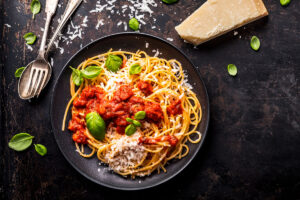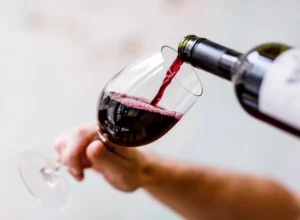For wine aficionados, the rich, velvety taste of a Cabernet Sauvignon is a delight that needs no introduction. This classic red wine, renowned for its deep flavors and aging potential, has long been a favorite among enthusiasts. However, in today’s health-conscious world, many wine lovers are also concerned about the calorie content of their favorite libations. This guide aims to shed light on the often elusive topic of how many calories are in a bottle of Cabernet Sauvignon.
Typical Serving Size in a Bottle
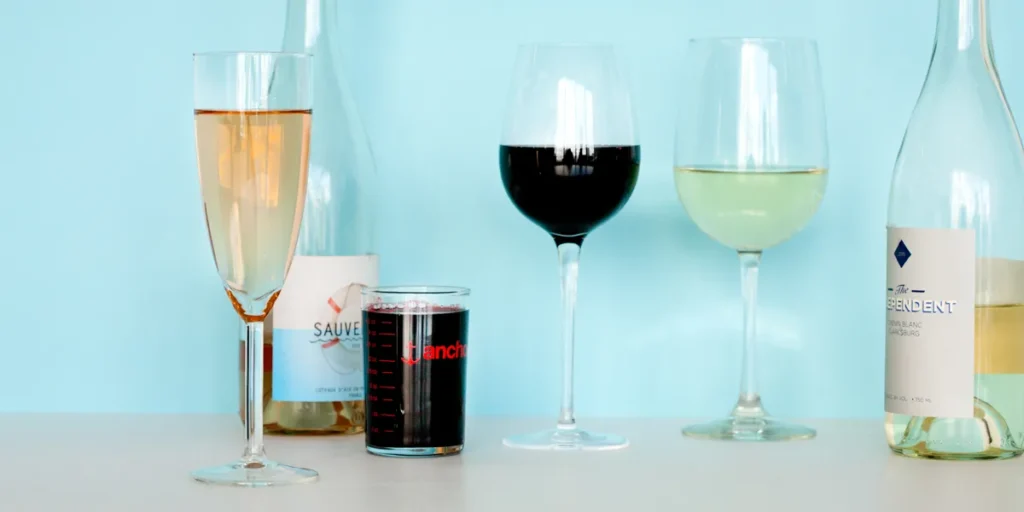
Source: self.com
Before diving into the calorie content, it’s essential to understand the typical serving size in a bottle. A standard bottle of vino holds 750 milliliters, which is roughly equivalent to 25.4 fluid ounces. A typical serving of wine is about 5 ounces, which means that a bottle contains approximately five servings. Keep this in mind when calculating your kcal intake, whether you’re enjoying a renowned Cabernet Sauvignon from Majuscule Winery or any other wine variety.
Basic Understanding of Calories and Their Relevance
Calories are units of energy found in food and drinks. When we consume more calories than our bodies need for basic functions and daily activities, the excess kcals are stored as fat, potentially leading to weight gain. It’s important to be aware of the kcal content in our food and beverages, including vino, to make informed choices and maintain a healthy lifestyle.
Exploring the Calorie Content
So, how many calories are in a bottle of Cabernet Sauvignon? On average, a 5-ounce (148-milliliter) glass contains approximately 123 kcals. This means that a standard 750-milliliter bottle contains roughly 615 calories. It’s worth noting that the kcal content can vary slightly depending on the specific brand and making process, but this serves as a good general guideline.
Factors Influencing Calorie Count
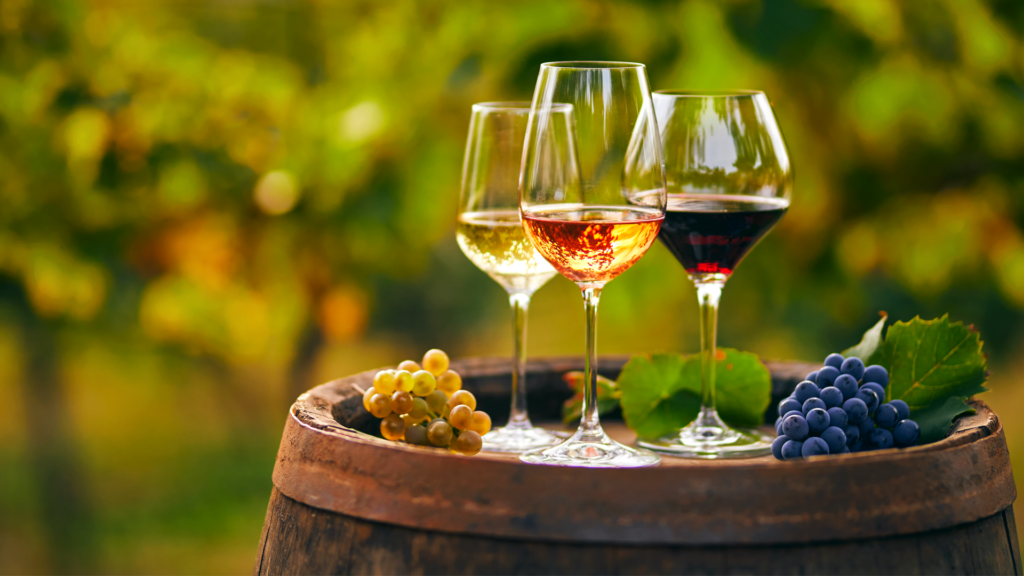
Source: wineaffairs.co.uk
The calorie count in wine is influenced by several key factors. One of the primary determinants is the alcohol content. Alcohol is kcal-dense, containing approximately 7 calories per gram, making vinos with higher alcohol levels inherently higher in kcals.
Additionally, the residual sugar content plays a significant role. Sweet wines, with more residual sugar, tend to have more calories than dry because sugar adds extra kcal.
The making process can also impact kcal content. Certain making techniques, like oak aging, can add subtle flavors but also a minimal number of kcals.
Lastly, serving size matters. The calorie count is typically measured for a standard 5-ounce (148-milliliter) glass. Consuming larger portions will naturally increase intake. Understanding these factors empowers enthusiasts to make informed choices when it comes to enjoying their favorite vintages.
Comparison of Calories in Cabernet Sauvignon vs. Other Wines
Cabernet Sauvignon is not the only wine on the market, and calorie counts can vary across different varieties. In general, red wines like Cabernet Sauvignon, Merlot, and Pinot Noir tend to have similar kcal counts, averaging around 123 kcals per 5-ounce glass. White like Chardonnay and Sauvignon Blanc are typically slightly lower in calories, averaging around 120 calories per 5-ounce glass. Sparkling vinos, such as Champagne or Prosecco, can range from 90 to 120 kcals per glass, depending on their sugar content.
Tips for Reducing Calorie Intake While Enjoying Wine
If you’re concerned about calorie intake but still want to enjoy your favorite Cabernet Sauvignon, consider these tips:
- Opt for smaller glasses to control portion sizes.
- Dilute it with sparkling water to create a spritzer.
- Choose dry wines over sweet, as they generally have fewer kcals.
- Sip slowly and savor the vino to make it last longer.
Importance of Moderation and Portion Control
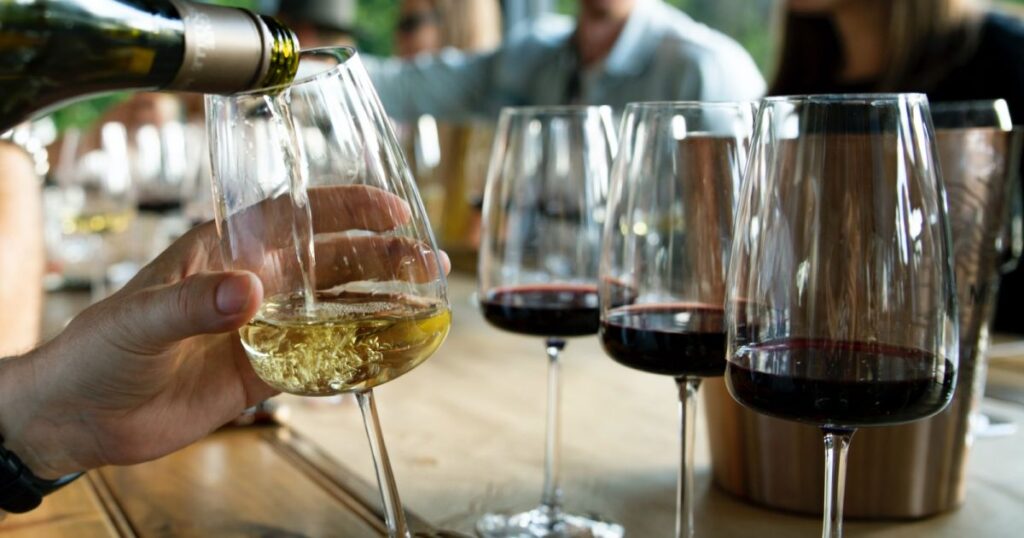
Source: wineinmoderation.eu
While it’s helpful to be aware of the calorie content in wine, the key to enjoying wine while maintaining a healthy lifestyle is moderation and portion control. Enjoying a glass or two of vino with a meal or on special occasions can be a part of a balanced diet. However, excessive consumption of any alcoholic beverage can lead to health issues and weight gain.
Addressing Misconceptions About Wine and Weight Gain
Addressing misconceptions about wine and weight gain is essential for promoting a balanced perspective on this beloved beverage. Contrary to popular belief, moderate consumption is unlikely to lead to significant weight gain. While it does contain calories, it’s essential to consider overall dietary habits and lifestyle factors.
Misconceptions often arise because people overlook portion sizes and the cumulative effect of excessive consumption. A glass or two, within daily kcal limits, can be enjoyed without causing weight issues. The Mediterranean diet, which includes moderate consumption, has been associated with various health benefits.
It’s crucial to emphasize moderation, mindful drinking, and an awareness of the kcal content in wine. Rather than demonizing wine, focusing on overall dietary choices and physical activity is a more balanced approach to health and well-being.
Strategies for Balancing Wine Consumption in a Healthy Diet
To strike a balance between your love for this wine and maintaining a healthy diet, consider the following strategies:
- Incorporate vino into meals rather than consuming it on an empty stomach.
- Keep track of your overall calorie intake to stay within your daily limit.
- Combine it with healthy food choices, such as lean proteins and vegetables.
- Engage in regular physical activity to help offset any additional kcals.
Conclusion and Encouraging Responsible Enjoyment

Source: coravin.com
In conclusion, understanding the kcal content in a bottle and other wines is essential for those who want to maintain a healthy lifestyle while indulging in their love for vino. While Cabernet Sauvignon is a calorie-dense beverage, it can be enjoyed in moderation as part of a balanced diet.
The key takeaway is that wine can be a delightful part of life when consumed responsibly and mindfully. By being aware of portion sizes, making informed choices, and maintaining a healthy lifestyle, vino lovers can continue to savor the pleasures of their favorite varietals without compromising their overall well-being. So, raise your glass to enjoy Cabernet Sauvignon responsibly and savor the complex flavors and aromas that make it a timeless classic in the world of wine. Cheers!


